Ukraine has launched a large drone offensive against Russian military targets, deploying 114 uncrewed aerial vehicles (UAVs) in a single night.
This marks one of the most substantial operations of its kind during the ongoing conflict. According to the Ukrainian Defence Intelligence, this large-scale UAV attack is a notable escalation in their military strategy.
The Russian Ministry of Defence (MOD) stated that the attack was largely repelled, claiming that 70 drones were shot down over Crimea, and another 43 were intercepted over the Krasnodar Territory.
Additionally, a drone was reportedly downed over the Volgograd Region, and six uncrewed attack boats were destroyed in the Black Sea by Russian aircraft.
This offensive coincides with the United States’ decision to prioritise the delivery of Patriot missile systems to Ukraine. The US had previously announced a $61 billion military aid package for Ukraine in April, which included these advanced missile systems.
The Pentagon has confirmed that these US-supplied weapons can be utilised for cross-border attacks into Russia.
The urgency of the Patriot missile system deliveries comes as part of a broader strategy to bolster Ukraine’s air defence capabilities. The US House of Representatives recently approved the military aid package, aiming to enhance Ukraine’s ability to defend against Russian air strikes and ground assaults.
In response to Ukraine’s increasing military capabilities, Russia has begun targeting Ukrainian air bases. This move appears to be an attempt to hinder Ukraine from deploying their newly acquired F-16 Fighting Falcon aircraft, which are expected to significantly enhance their aerial combat capabilities.


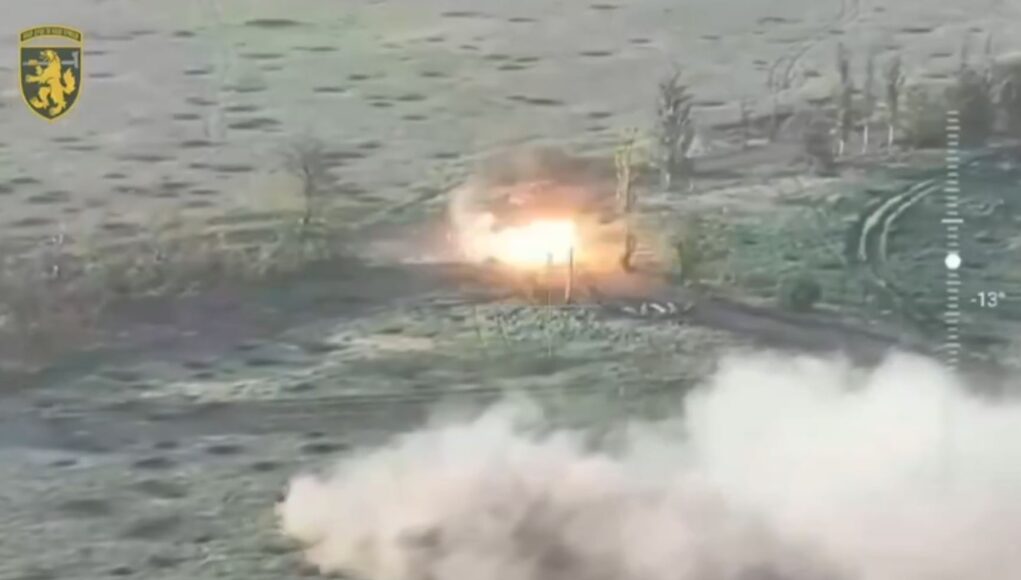
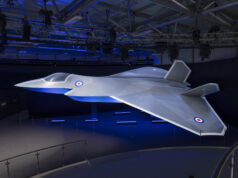

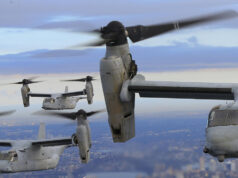


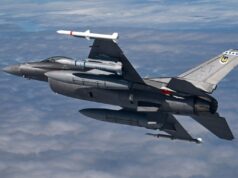

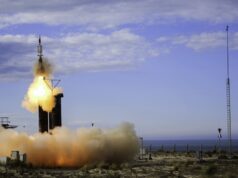
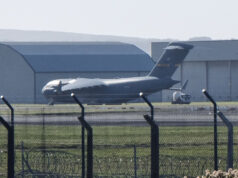


It shows how useless the Russian Air Force is that they can stop a wave of remote controlled airplanes taking out their bases and refineries.
Partially that and partially it seriously raises questions about the UK air defences. We have nothing that could seriously take on 40 odd drones. Land captor would run out of missiles well before it dealt with that number and we have little in the way of other options. Typhoons only carry so many missiles and can’t be in multiple places at once.
Mass drone warfare changes how air defences need to be designed. Especially as this is just the start of their capability really developing.
Think we need a mix of GBAD (sky sabre ) and AAA systems .But the sky sabre we have are far to few in numbers .There again increase in budget and manpower would help .HMG 😞
Yep. I can see a future where we again go into an anti insurgency war but this time up against someone that is being supplied with drones from iran/China/Russia etc. Being in a remote base with little to no air defences will be a dangerous role.
Lots of us here on UKDJ have been telling “them there” to wake up and get a move on with GBAD as are other European/ Scandinavian countries. Fresh air (and i’m being a wee bit facetious) is useless for defence.
Agreed. To be fair kit has been coming through slower than we would all want but it has been arriving. I can see many of the people on here giving up as the only thing we will be getting is warm words.
To my mind, a land ceptor battery needs a “ciws” , perhaps some of the 40mm truck mounted Bofors paraded out last week, or at least some Ds30m (or whatever) also truck mounted.
Airfields need one or two mounts.
Realistically (we won’t get anything) AAA is the quickest and most viable route to combat drone swarms. Reasonable range on a 40mm Bofors.
Lasers and microwave systems possibly, but much later on.
AA
Indeed. That or a very cheap missile that do not exists.
The Tridon that BAe were showcasing is definitely more suited to a static air defence position compared to a mobile system. It primarily uses an electro-optical turret for search and tracking. Though I can almost guarantee that it can also be linked into a larger network fed by a radar data.
Both Russia and Ukraine have shown that drones can be a very effective and cheap force multiplier. That simply cannot be ignored by air defenses. In fact there is a significant delta between the cost of the drone and what is being used to shoot it down.
The Self Propelled Anti Aircraft Gun (SPAAG) has proven to be the more cost effective solution to taking out these relatively slow drones. With the soon to be scrapped Gepard, performing better than expected.
Though Ukraine have also demonstrated another method. Which is via a two seat Yak-52 trainer aircraft. Where the rear occupant uses a machine gun testing on the canopy rails to fire at the drone! The reason why they are using the Yak is that it can after catching up with the drone, fly at a similar cruise speed (100mph). That allows the “gunner” plenty of time to get a solid hit on the drone with a few bursts.
Surely what is need is old school WW2 tactics? Whereby the plane is armed with forward firing guns and the pilot sights the drone through a heads up display/sight. I know a company in Duxfird can build a Hurricane from scratch, which was renowned for being a stable gun platform. Perhaps they need to set a production line? Seriously though, wouldn’t the next logical step be arming an anti-drone drone. But then it would have to be fast enough to catch up for the interception, whilst providing a stable platform to line up the shot. I think I can foresee a new marketing opportunity….
Indeed SPAA 40mm would be a far more cost effecive drone defence.
Putin is swearing blind he’ll respond against those who help plan/program attacks on Russians. Funny how they’re “barbaric” but years of randomly mass shelling, bombing, missile & done attacks against UKR are fine.
If he does attack the US or anyone else we might then have to send in forces that defeat Russia at last.
But then he’s been making these threats since the invasion he propmised he was no planning started.
I fully concur with your comment. The UK Defences are in such run down state we couldn’t defend the Isle of Wight, never mind the British Isles.
Cobblers.
Drones are changing everything, USAF and USN already put their fighters projects on hold. Look uf the declarations of USAF general Daniel Allvin.
From breakingdefense
That is very interesting, in reality a a networked drone heavy environment, probably will not need a new single seat fighter.
So 114 Ukrainian drones deployed and Russia claims they intercepted 113. I wonder if they employ Dianne Abbott to do their maths?.
I’m going to stick with drones, rather than elaborate on ballistic missiles, quasi-ballistic missiles and cruise missiles. As I believe drones have made the biggest impact on the War in Ukraine so far.
I think it was the last Azerbaijani-Armian War, was the one that opened peoples eyes on how future drone wars would look like. Where the Azerbaijani TB2s and Harops routed Armenian forces and Russian provided air defences. Roll on to the Ukraine War. I honestly believe Russia seriously and fatally undervalued how effective Ukrainian drones would be. Even though Libyan and Armenian conflicts had showed their systems could be easily circumvented.
The TB2 again was again running roughshod over Russian forces and in particular their Panstir, Tor and Buk mobile air defence systems. It took Russia over a year to adjust and develop their systems and Concept of Operations (CONOPS) to counter the TB2. But the damage had already been done. Russia had lost a significant chunk of it mobile air defence systems. But perhaps more significantly its experienced operators.
Then Russia deployed Iranian Shahed and Russian produced Lancet loitering and suicide drones. Which changed the game again. These pretty small and fairly slow drones were not being tracked as threats by the modern SAM systems donated by the West. The IRIS-T SLM was a prime example of this. Its Hensoldt AESA radar was practically brand new and start of the art, but it got taken out by a Russian Lancet. Germany quickly sent a replacement radar and other bits of kit. But I can guarantee Hensoldt would have changed the filtering and tracking algorithms to enable it to track these suicide drone. But it does mean that £250,000 missile is being used to shoot down a drone costing at most £100,000. Which for an economic and attritional war heavily favours the attacker.
One of the headline grabbers though, was that the humble Gepard, considered 30 years obsolete and ready for museums. Found a niche, in being very effective at countering these types of drones. But also to an extent some of Russia’s slower cruise missiles. With a newer radar and firing computer, it could be better still.
The UK were given an urgent requirement by Ukraine to deliver a cheap cost effective short ranged air defence system. Which led to the use of a Supacat HMT mounting ASRAAM on a quick and dirty launcher. Search and Tracking is covered by using a electro-optic turret. The feedback coming from Ukraine is that ASRAAM has had a better than 90% success rate against the longer ranged drones but also against cruise missiles. It’s very likely that there will be a follow up development using a better launcher (more ready rounds), along with a form of networking.
War is considered the mother of inventions and development, Ukraine was highlighting this in spades. As the next headline grabber was the First Person View (FPV) quadcopter drone. Which came in two flavours. The first type could drop munitions, graphically shown on videos with them dropping grenades through open tank hatches. The second was a bit more scary. As the drone was the weapon. Where it could have a PG-7 tie wrapped to it, or contain a kg or two of C4. These drones would chase the victim, flying into hardened buildings or just a trench.
Portable Electronic Warfare (EW) equipment has been a key development, where it is used to jam the operator to drone’s communications. It has become a key to protecting both personnel and materiel. But both sides are trying and evolving new ways to overcome the jamming. The French DoD have said that EW is stopping/preventing nearly 75% of the attacks. Which when you consider, Ukraine has set up a specialised FPV regiment and is said to be operating around 1000 FPV drones per day. Puts things in a better perspective, as Russia are at a minimum of being on par, if not ahead in numbers of drones compared to Ukraine.
Ukraine has also demonstrated another method from a bygone era of taking down the larger long d0istance drones. Which harks back to aerial fighting during WW!. Whereby they use a Yak-52 two seat trainer, with the rear occupant using a LMG to shoot down the drone. As the Yak can catch up to and fly at the same speed of the drone (approx’ 100mph ). There are a number of videos showing the planes in action, which also shows a number of kill makings under the cockpit. However, I believe this is probably a interim method, waiting for a drone being better capable of taking out another drone whilst in flight.